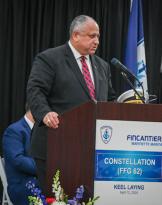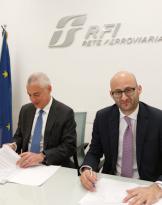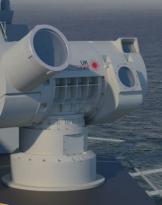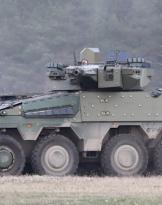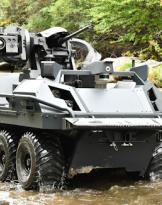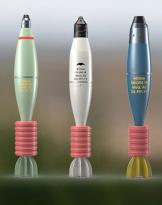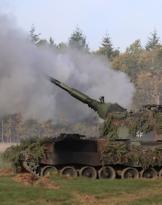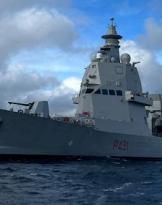The RAAF further enhances its maritime surveillance capabilities by bringing the P-8A fleet Poseidon to 14 specimens, in line with what is indicated in the fourth chapter of Defense White Paper 2016 in Canberra, even if the machines planned were to be 15 in total.
Il Poseidon with its range of over 7.500 km it can conduct long-range surveillance missions, which can be further extended with the support of the KC-30A tankers.
The aircraft is equipped with modern systems such as Raytheon AN / APY-10 multifunction radar. The AN / APY-10, fully integrated with the Boeing Mission Control, provides very high resolution images in any operational context.
To the Raytheon system is added theelectronic support measures system Northrop Grumman AN / ALQ-240 which allows P-8A crews to detect and identify radar sources and other electronic threats with high accuracy. In addition, the RAAF P-8As can be armed with depth charges, mines, Mk-54 antisom torpedoes and AGM-84 anti-ship missiles. Harpoon Block 1G.
Under the agreements made by the Australian government, the Poseidon will be equipped with the AGM-158C LRASM (Long Range Anti-Ship Missile) anti-ship cruise missile, credited with a maximum range of more than 1.000 km.
Weapon system integration is currently under study by the US Navy. The acquisition of this weapon will allow the RAAF to equip itself with an offensive instrument capable of being launched outside the protective umbrella guaranteed by the SAM HHQ-9 missiles that arm the Chinese destroyers.
 The Morrison government also approved funding for the purchase of the first three MQ-4C UAVs Triton which can be used as high-value Intelligence, Surveillance and Reconnaissance (ISR) platforms, to be used in tandem with Poseidon.
The Morrison government also approved funding for the purchase of the first three MQ-4C UAVs Triton which can be used as high-value Intelligence, Surveillance and Reconnaissance (ISR) platforms, to be used in tandem with Poseidon.
The MQ-4C can remain airborne for more than 30 hours at 55.000 feet at speeds of up to 330 knots, monitoring an area of 3 square miles in a 2.700.000-hour period thanks to the AESA AN / ZPY-24 multifunction radar or 2.000 square miles in a single scan. In addition, using the radar in reverse synthetic aperture mode, the AN / ZPY-3 can identify a target in all weather conditions and acquire high definition radar images and classify them without operator intervention thanks to the automatic identification system (AIS ) onboard.
"Together, the Poseidon and Triton will provide Australia with one of the most advanced maritime patrol and surveillance capabilities in the world. These aircraft will enhance the Air Force's flexibility to support more operations and will play an important role in ensuring Australia's seas are safe for future generations "- said Defense Minister Linda Reynolds.
Images: Royal Australian Air Force


